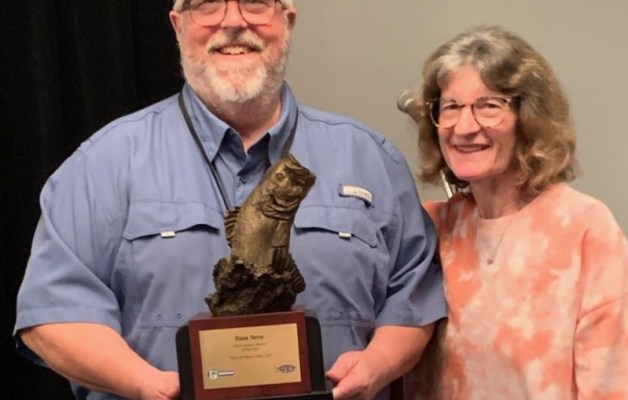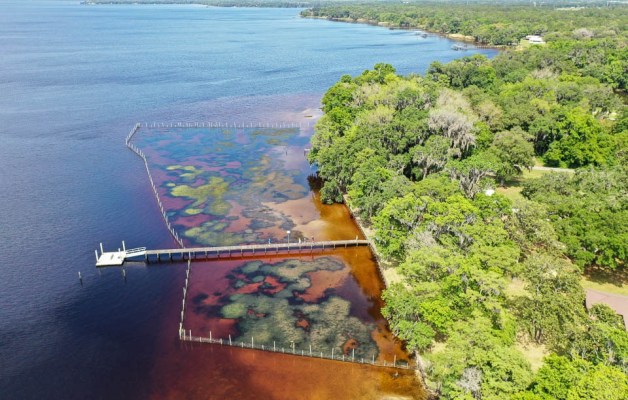
RESTON, Va. — A recent study by two federal agencies found significant numbers of male bass were intersex in waters of or near National Wildlife Refuges in the Northeast.
Eighty-five percent of male smallmouth bass and 27 percent of male largemouth bass tested positive, according to scientists with the U.S. Geological Survey (USGS) and Fish and Wildlife Service (FWS).
“The results of this new study show the extent of endocrine-disrupting chemicals on refuge lands using bass as an indicator for exposures that may affect fish and other aquatic species,” said Fred Pinkney, a FWS contaminants biologist. “To help address this issue, the U.S. Fish and Wildlife Service encourages management actions that reduce runoff into streams, ponds and lakes — both on and off of refuge lands.”
This discovery indicates a much higher prevalence of intersex fish than in a similar study conducted from 1995 to 2004 in nine river basins, none of which were in the Northeast. That research showed the highest incidence in the Southeast, with intersex largemouth bass present at all sites tested in the Apalachicola, Savannah, and Pee Dee River basins. (Bass from the Pee Dee River are shown in the photo, from the 2015 Old Milwaukee B.A.S.S. Nation Southern Divisional there.)
Intersex occurs when one sex develops characteristics of the other. In fish, it seems to be related to endocrine-disrupting chemicals that can hinder reproduction, as immature eggs develop in the testes of male fish. These chemicals are discharged into waterways as natural estrogens or manmade pharmaceuticals in birth control pills, animal manure, herbicides and pesticides.
“It is not clear what the specific cause of intersex is in these fish,” said Luke Iwanowicz, a USGS research biologist. “This study was designed to identify locations that may warrant further investigation. Chemical analyses of fish or water samples at collection sites were not conducted, so we cannot attribute the observation of intersex to specific, known estrogenic endocrine-disrupting chemicals.”





